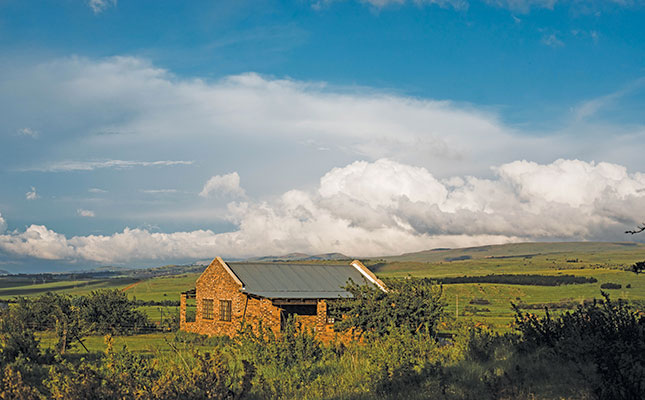More and more consumers are becoming interested and concerned about how their food is grown. Farmers can benefit from this by becoming involved in discussions with potential customers and interest groups, many of whom could be potential tourists.
This is often difficult, however, as farmers have time constraints, and it is therefore important to involve family members and farm workers in an agritourism initiative on a farm.
A good place to start would be to form a farmers’ agritourism group for a specific area or for a particular product. A good example is the Stellenbosch Wine Route.
The first step would be to arrange a meeting for interested farmers, and invite a guest speaker to address them on a specific topic in a relaxed environment with food and drinks on offer.
If a decision is taken to form a farmers’ route or agritourism committee, make sure that everyone involved understands his or her responsibilities.
Destination, not location
While formulating your plan, remember to think destination and not location. Questions you should ask include the following:
- Who will be the face of the farm/route?
- Who is the target audience? (Be specific)
- Which ideas are practical and feasible?
Most importantly, why should visitors come to your farm, and what sights and activities can you offer them?
Agritourism can include many product offerings: farm stays, farm animals (petting zoo, for example), children’s parties, camping, walking or cycling trails, workshops or conferences, farm routes/cooperative ventures, farmers’ markets, farm festivals, direct sales, picnics, hobby groups (for example, flower arranging), vehicle shows, tractor rides, and many more.
In addition to these, you might wish to consider taking advantage of the growing popularity of direct farm sales and build your own brand out of this .
It is wise to start with what you know, so you can build up confidence over time. Bear in mind, however, that you will have to meet basic customer expectations, such as clean, well-maintained visitor areas (including public restrooms), safe facilities, neat and unambiguous signage, and enough parking.
Opening hours, days and season, if applicable, should be prominently displayed on notice boards at the gate. You will also need to have adequate insurance cover, and display a public liability disclaimer at the entrance to your farm.
Accidents are inevitable at some stage or another. If you are selling produce, credit card facilities and a sufficient cash float are a must.
Finally, keep in mind the value of relationship marketing. Ask visitors for feedback as they leave, and take down their contact details so you can build up a database for direct marketing purposes.
If all of this sounds too complicated or time-consuming, use the services of someone with tourism expertise to at least help you get your agritourism project off the ground.
Jacqui Taylor helps farmers launch and market agritourism initiatives.













